Remittances to Ho Chi Minh City are nearly 6.7 billion USD.
The amount of remittances to Ho Chi Minh City from January to September exceeded the whole year of 2022. According to the State Bank of Vietnam (SBV) Ho Chi Minh City branch, by the end of September, the amount of remittances transferred to Ho Chi Minh City reached 6.687 billion USD. Remittances transferred to the city in the first 9 months of 2023 achieved a high growth rate, up 40% over the same period in 2022 and equal to 101.3% compared to the whole year of 2022. In the third quarter of 2023 alone, the amount of remittances transferred reached 2.353 billion USD, up 6.2% over the second quarter of 2023. This increase was higher than the second quarter of 2023, at 4.5%. This shows that remittances transferred to the city continue to grow positively, with each quarter growing higher than the previous quarter and maintaining a fairly good growth rate.
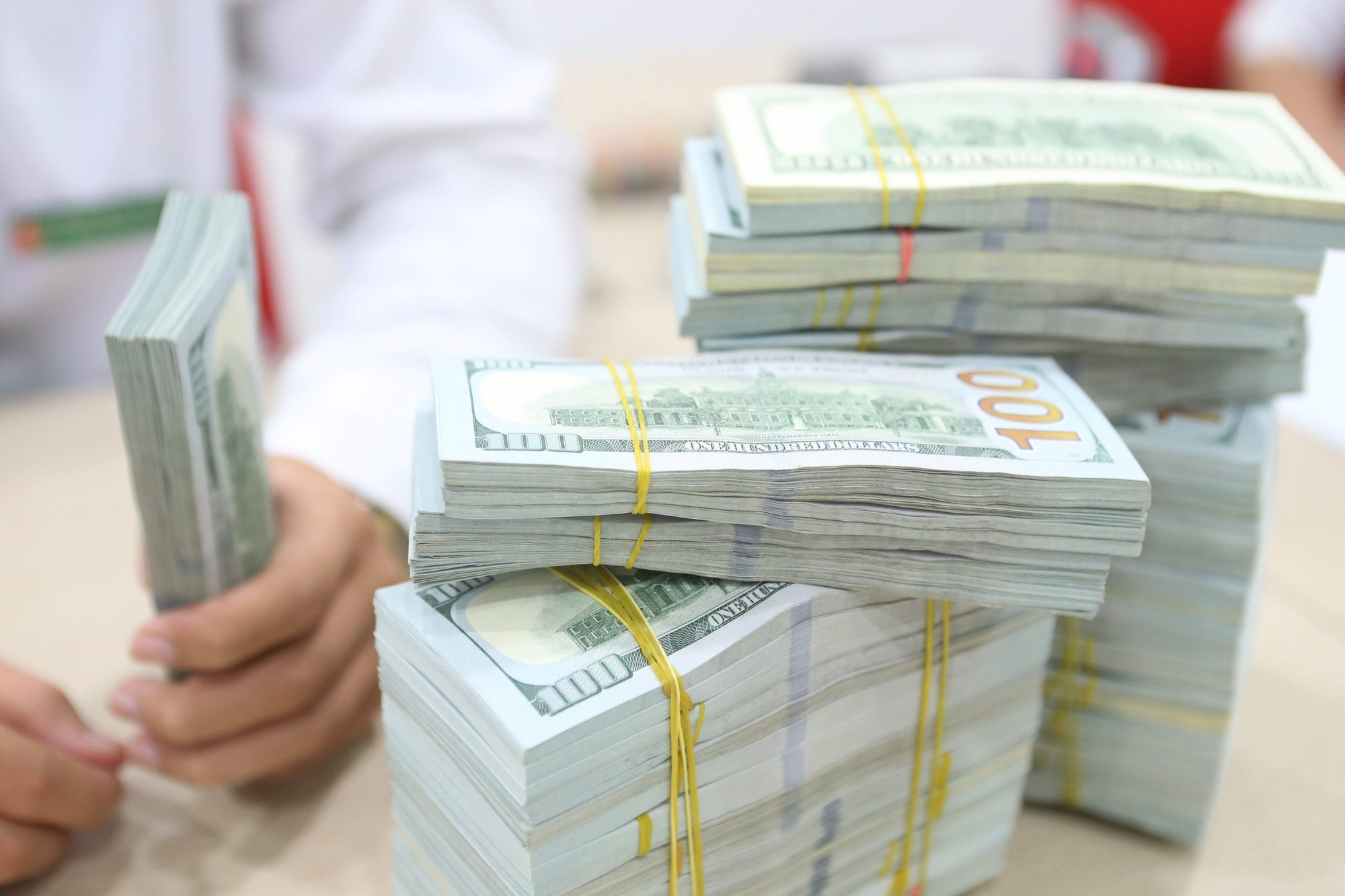
Remittances to Ho Chi Minh City increase sharply
According to statistics from the State Bank of Vietnam, Ho Chi Minh City branch, in the past 5 years, the source of remittances in the area has always accounted for a high proportion compared to the whole country. Specifically, remittances transferred through credit institutions and economic organizations in Ho Chi Minh City in 2018 accounted for 44.1%, in 2019 this rate accounted for 48%, in 2020 accounted for 53.8%, in 2021 accounted for 52.8%, in 2022 accounted for 55.03% of the total amount of remittances into Vietnam. Normally, the amount of remittances will accelerate strongly in the fourth quarter, especially around Christmas and the beginning of the new year. Therefore, it is likely that this year the amount of remittances to Ho Chi Minh City will reach a high level.
Mr. Nguyen Duc Lenh, Deputy Director of the State Bank of Vietnam, Ho Chi Minh City branch, informed: "The amount of remittances from the Asian region continues to account for the highest proportion of the total amount of remittances to the city, accounting for 53.1% and increasing by 19.8% compared to the previous quarter."
Mr. Lenh analyzed that the current economic, political and social stability of the Asian region, along with the increasingly developed and expanded economic, cultural and labor cooperation relations... are factors that directly affect the growth of remittances in the past and in the future. And this continues to be a golden resource for socio-economic development in general and the city in particular, creating conditions for people and remittance recipients to improve and enhance their quality of life, while stimulating the development of the labor market. In addition, remittances also have a supportive and positive impact on the currency and foreign exchange markets. As one of the sources of supply contributing to ensuring the supply and demand relationship of foreign currencies, at the same time effectively supporting monetary policy, exchange rates... This is even more meaningful in the context of strong currency fluctuations, inflation in some countries... causing certain pressure on exchange rates and the relationship between exchange rates, interest rates and inflation in recent times.
Billions of dollars seek shelter
According to the World Bank (WB) forecast, remittances in 2023 may only reach 14 - 15 billion USD, while the number of remittances in 2022 has reached 19 billion USD. The forecast of a decrease in remittances is reasonable because countries are currently raising interest rates, especially in the US, which has reached over 5%/year. This affects the income of overseas Vietnamese, especially those who have loans at banks and have to pay more interest than before. In addition, high inflation also makes people spend more. This shows that the disposable income of overseas Vietnamese will decrease compared to before. More importantly, in the past, there was a situation where overseas Vietnamese sent money back to save, but now it is difficult to happen because the USD interest rate in the US is higher than in Vietnam, so sending money back to save is not profitable. In the case of overseas Vietnamese sending USD back, selling it for VND to earn higher interest, it can only happen in the first months of the year when the VND interest rate is high. Currently, the interest rate for saving in VND has also decreased, so saving is not very profitable. Therefore, according to experts, with political and economic stability like Vietnam, the amount of remittances sent back to the country can also be mainly used for investment, production and business.
In addition to the number of Vietnamese people immigrating to countries such as the US, UK, Australia, Canada, etc., remittances to Vietnam also include labor export forces sending back home, contributing to increasing the amount of remittances. According to the Ministry of Labor, Invalids and Social Affairs, the number of Vietnamese workers working abroad in the past 9 months has exceeded the plan for the whole year of 2023. Specifically, from January to September 2023, the total number of Vietnamese workers working abroad was 111,507 workers, reaching 101.37% of the plan for 2023. Japan continues to be the leading market receiving Vietnamese workers with 55,690 workers. Next is the Taiwanese market with 46,166 Vietnamese workers working. In addition, some other labor export markets such as Korea, China, Hungary, Singapore, Romania, Poland, Saudi Arabia... Normally, the amount of remittances from workers sent back home each year is about 3 - 4 billion USD.
Financial expert Nguyen Tri Hieu believes that the recent rapid increase in the number of labor export workers may have contributed to the increase in remittances. However, the rate of remittances to Vietnam by overseas Vietnamese in other countries accounts for the largest proportion. For example, the number of Vietnamese living in the US is up to several million people, so if only a few people send money to their relatives in Vietnam, the number is already positive. Mr. Hieu assessed that the amount of remittances to Ho Chi Minh City reached nearly 6.7 billion USD in the past 9 months, which is quite a positive number in the current context.
Sharing the same view, Dr. Le Dat Chi, Head of the Finance Department - Ho Chi Minh City University of Economics, said that up to now, when mentioning remittances, many people often think of overseas Vietnamese and exported workers sending money back home to support their relatives. However, if this is the only purpose, the annual amount cannot increase to billions of USD. Meanwhile, over the past 10 years, the amount of remittances sent back home has exceeded 10 billion USD.
"If it is only used to support relatives' living expenses, how can it be used up? This is not a small amount, especially the unilateral cash flow in one direction to Vietnam," Mr. Chi analyzed and said that in addition to the above two purposes, the investment demand of overseas Vietnamese returning home is always high. Especially in the context of more than a year ago, although interest rates in countries, especially the US, have increased. However, this also poses many risks for banks in the host countries. Some US banks have encountered difficulties and bankruptcy has occurred. This has somewhat affected people with savings deposits.
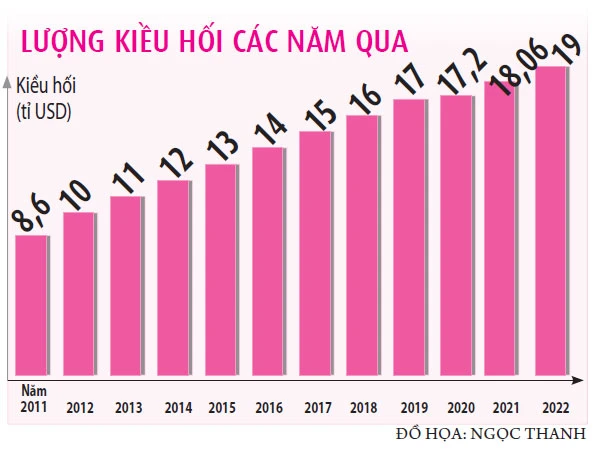
Although there has not been a comprehensive survey on where the remittances will flow, Mr. Le Dat Chi believes that with the current low real estate market, affordable prices and this is also the investment channel that overseas Vietnamese have often aimed for for many years. In addition, the need to do business or support relatives in business in the country has also increased, and the search for business opportunities also attracts this flow of money back home.
In 2022, Vietnam will be one of the top 10 remittance recipients in the world with about 19 billion USD. Since 2012, the amount of remittances sent to Vietnam has exceeded 10 billion USD/year and increased by about 7-10% each year. According to the World Bank's "August 2023 Review" report, Vietnam's expected remittances will reach 14 billion USD in 2023 and 14.4 billion USD in 2024.
Source link




![[Photo] Vietnamese and Hungarian leaders attend the opening of the exhibition by photographer Bozoky Dezso](https://vphoto.vietnam.vn/thumb/1200x675/vietnam/resource/IMAGE/2025/5/29/94d8ceca5db14af3bf31285551ae4bb3)
![[Photo] Prime Minister Pham Minh Chinh meets with Hungarian President Sulyok Tamas](https://vphoto.vietnam.vn/thumb/1200x675/vietnam/resource/IMAGE/2025/5/29/dbcaa73e92ea4448a03fe1d0de6d68e8)








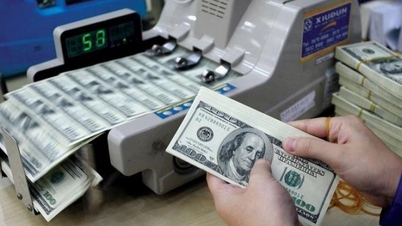


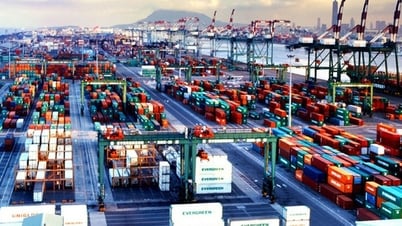
















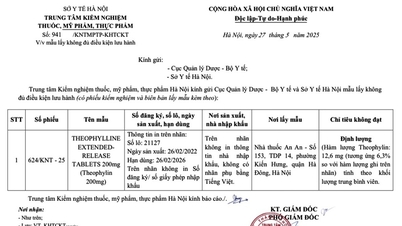
![[Photo] Prime Minister Pham Minh Chinh receives a bipartisan delegation of US House of Representatives](https://vphoto.vietnam.vn/thumb/1200x675/vietnam/resource/IMAGE/2025/5/28/468e61546b664d3f98dc75f6a3c2c880)


























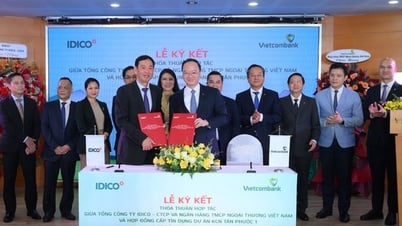















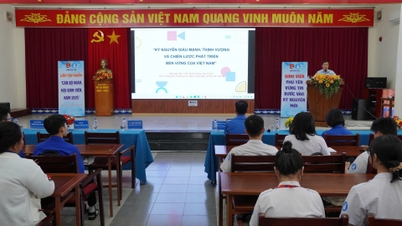



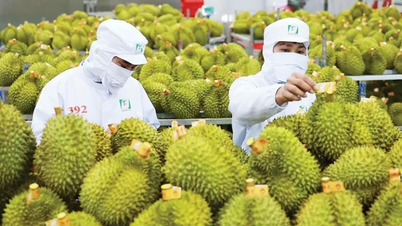

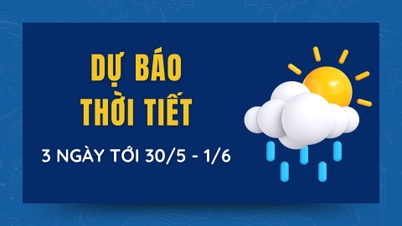









Comment (0)